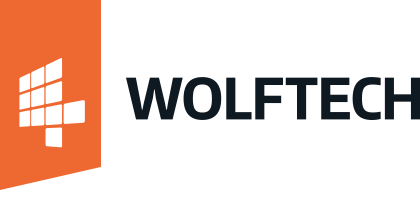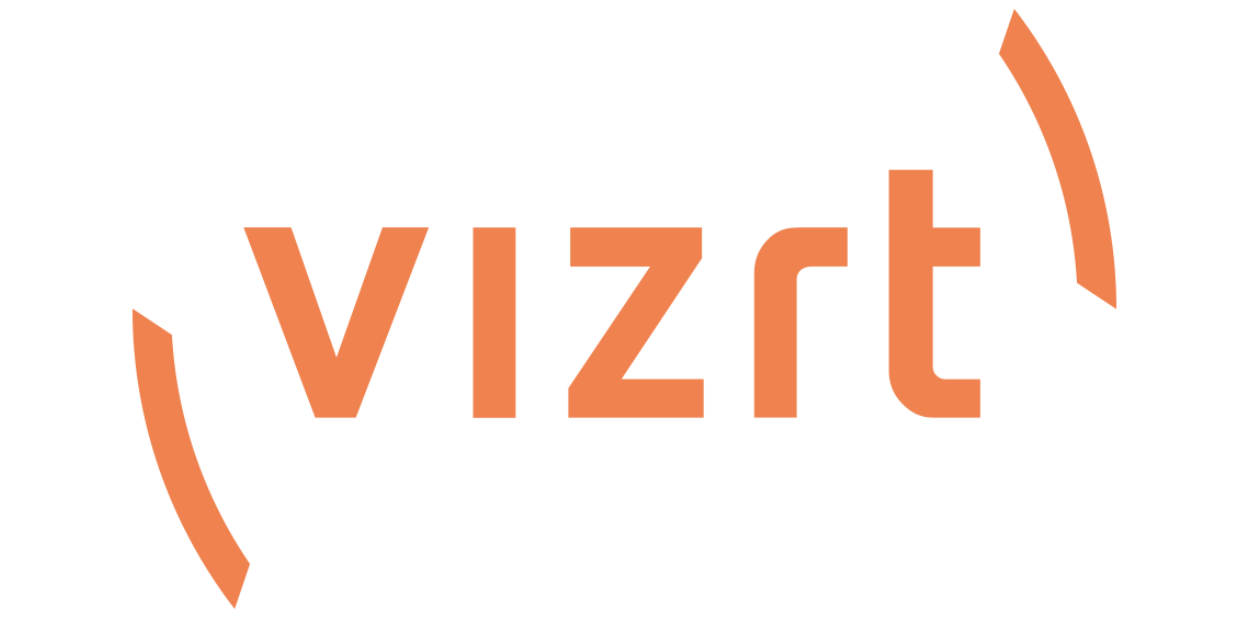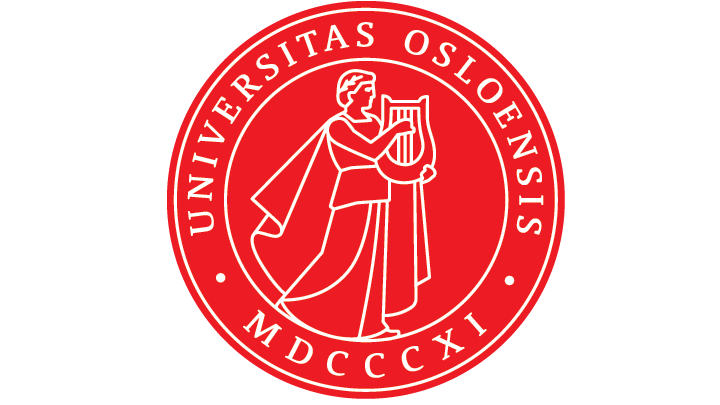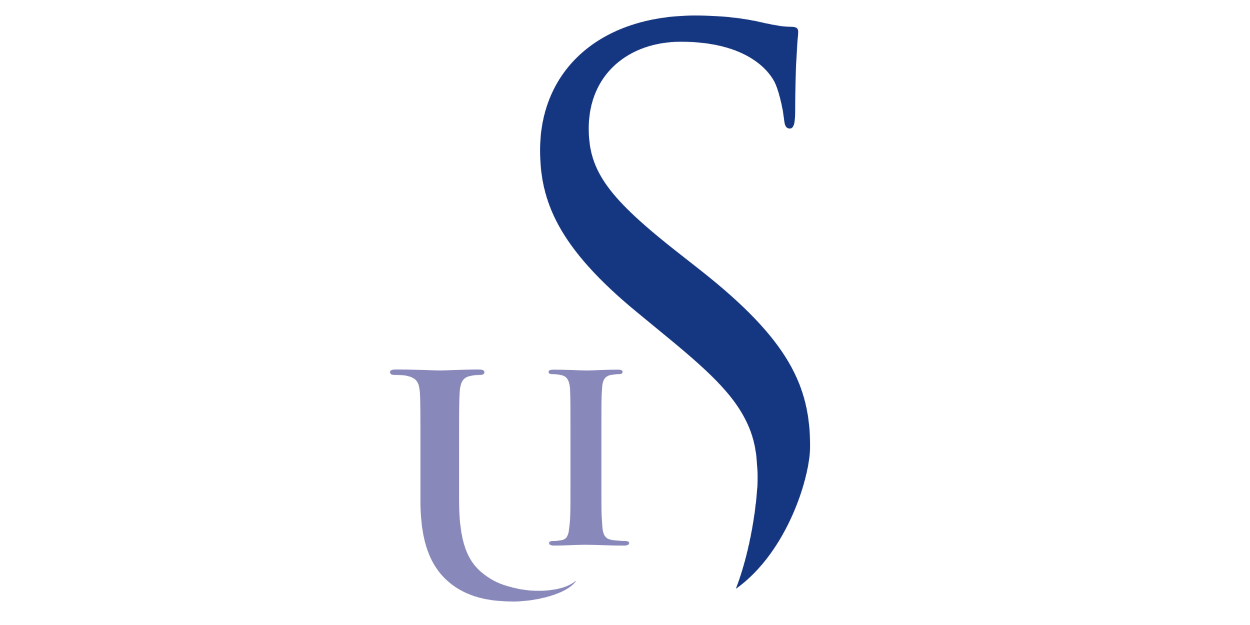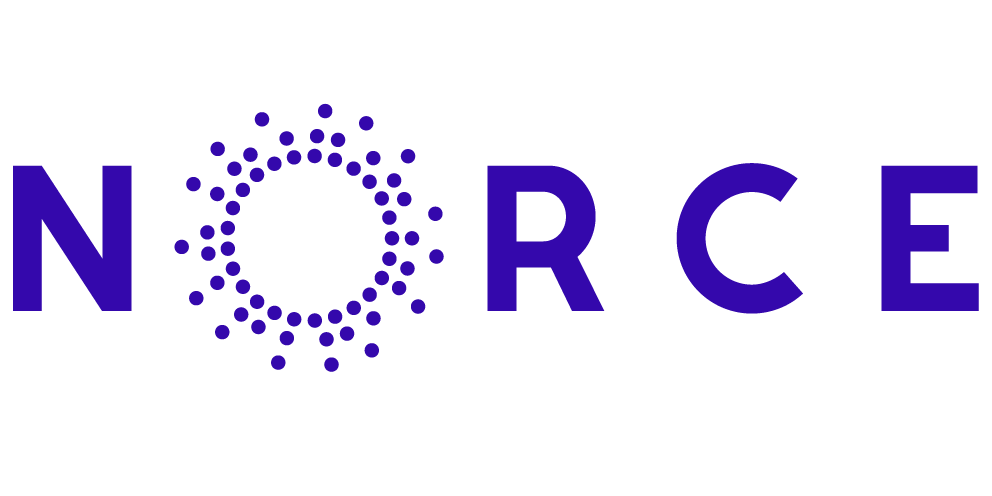About us
Research & Innovation
/ Research areas
WP1 Understanding media experiences provides fundamental knowledge on media use, analyzing how users will interact with media of the future. We apply and develop innovative quantitative and qualitative methods. Our research will monitor users across media, capture hidden aspects of media use not found in digital traces, and explore media in the life world of young people.
In a world of information overload, the discovery of relevant media content becomes increasingly challenging for consumers. Personalized, machine-generated content recommendations have shown to be one possible solution to these problems. However, today’s automated recommendations can easily lead to undesired phenomena like filter bubbles or the one-sided dissemination of information. In this work-package, we develop novel “responsible” techniques, which ensure that the provided content recommendations are diverse, transparent, and fair.
How can we discover manipulation of videos and images and fake news in text? What is a news story really about? Can machines produce the news stories? With the help of natural language processing, knowledge graphs, and machine learnings we analyse multimodal media content with respect to quality and validity; we extract data, information and knowledge from media content; and we develop computational support for creative content production.
In this work package, we look at hyper personalization – how the content or the presentation of content can be adapted to the viewers whishes or needs. The WP will allow for multi-device setups, for example using personal devices to do personal adaption even in social settings. New ways to interact will be explored, like using sensors, new visualizations and user understanding, opening for even more democratic and inclusive use of media.
WP5 adopts theoretical approaches and methodologies primarily based on linguistic data science, including neural learning. Based on language data in the media from the user partners and data and tools at the research partners, large corpora will be annotated. The labelled examples in these corpora will be used for training and evaluating supervised models that demonstrate advanced approaches in areas such as robust deep language analysis, adaptive language generation, event identification and extraction, and analyzing opinions. The partners will cooperate to explore the use of such models for innovative purposes.
Some of the icons on this page are designed by Freepik and distributed by Flaticon.
/ Research areas
WP1 Understanding media experiences provides fundamental knowledge on media use, analyzing how users will interact with media of the future. We apply and develop innovative quantitative and qualitative methods. Our research will monitor users across media, capture hidden aspects of media use not found in digital traces, and explore media in the life world of young people. Learn more »
In a world of information overload, the discovery of relevant media content becomes increasingly challenging for consumers. Personalized, machine-generated content recommendations have shown to be one possible solution to these problems. However, today’s automated recommendations can easily lead to undesired phenomena like filter bubbles or the one-sided dissemination of information. In this work-package, we develop novel “responsible” techniques, which ensure that the provided content recommendations are diverse, transparent, and fair. Learn more »
How can we discover manipulation of videos and images and fake news in text? What is a news story really about? Can machines produce the news stories? With the help of natural language processing, knowledge graphs, and machine learnings we analyse multimodal media content with respect to quality and validity; we extract data, information and knowledge from media content; and we develop computational support for creative content production. Learn more »
In this work package, we look at hyper personalization – how the content or the presentation of content can be adapted to the viewers whishes or needs. The WP will allow for multi-device setups, for example using personal devices to do personal adaption even in social settings. New ways to interact will be explored, like using sensors, new visualizations and user understanding, opening for even more democratic and inclusive use of media. Learn more »
WP5 adopts theoretical approaches and methodologies primarily based on linguistic data science, including neural learning. Based on language data in the media from the user partners and data and tools at the research partners, large corpora will be annotated. The labelled examples in these corpora will be used for training and evaluating supervised models that demonstrate advanced approaches in areas such as robust deep language analysis, adaptive language generation, event identification and extraction, and analyzing opinions. The partners will cooperate to explore the use of such models for innovative purposes. Learn more »
Some of the icons on this page are designed by Freepik and distributed by Flaticon.
/ Research areas
WP1 Understanding media experiences provides fundamental knowledge on media use, analyzing how users will interact with media of the future. We apply and develop innovative quantitative and qualitative methods. Our research will monitor users across media, capture hidden aspects of media use not found in digital traces, and explore media in the life world of young people. Learn more »
In a world of information overload, the discovery of relevant media content becomes increasingly challenging for consumers. Personalized, machine-generated content recommendations have shown to be one possible solution to these problems. However, today’s automated recommendations can easily lead to undesired phenomena like filter bubbles or the one-sided dissemination of information. In this work-package, we develop novel “responsible” techniques, which ensure that the provided content recommendations are diverse, transparent, and fair. Learn more »
How can we discover manipulation of videos and images and fake news in text? What is a news story really about? Can machines produce the news stories? With the help of natural language processing, knowledge graphs, and machine learnings we analyse multimodal media content with respect to quality and validity; we extract data, information and knowledge from media content; and we develop computational support for creative content production. Learn more »
In this work package, we look at hyper personalization – how the content or the presentation of content can be adapted to the viewers whishes or needs. The WP will allow for multi-device setups, for example using personal devices to do personal adaption even in social settings. New ways to interact will be explored, like using sensors, new visualizations and user understanding, opening for even more democratic and inclusive use of media. Learn more »
WP5 adopts theoretical approaches and methodologies primarily based on linguistic data science, including neural learning. Based on language data in the media from the user partners and data and tools at the research partners, large corpora will be annotated. The labelled examples in these corpora will be used for training and evaluating supervised models that demonstrate advanced approaches in areas such as robust deep language analysis, adaptive language generation, event identification and extraction, and analyzing opinions. The partners will cooperate to explore the use of such models for innovative purposes. Learn more »
Some of the icons on this page are designed by Freepik and distributed by Flaticon.
Find us
Lars Hilles gate 30
5008 Bergen
Norway
Contact us
MediaFutures
Office@mediafutures.no
Responsible Editor:
Centre Director Prof. Dr. Christoph Trattner
Christoph.Trattner@uib.no
Copyright © University of Bergen 2024








